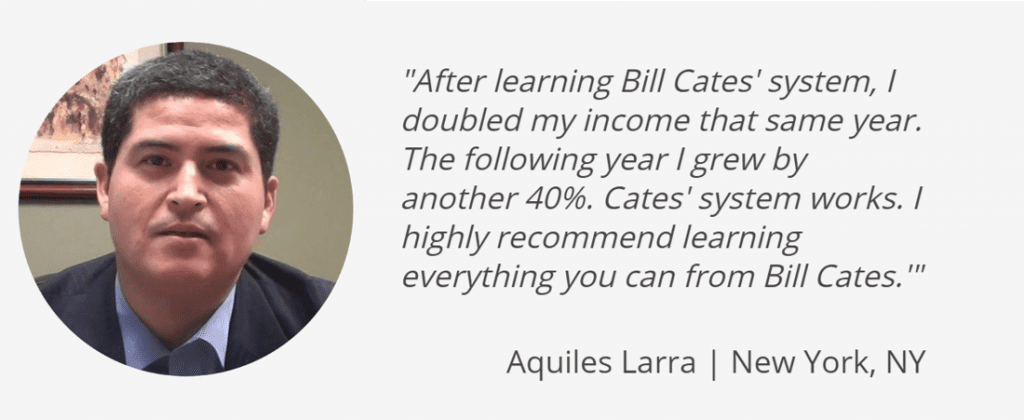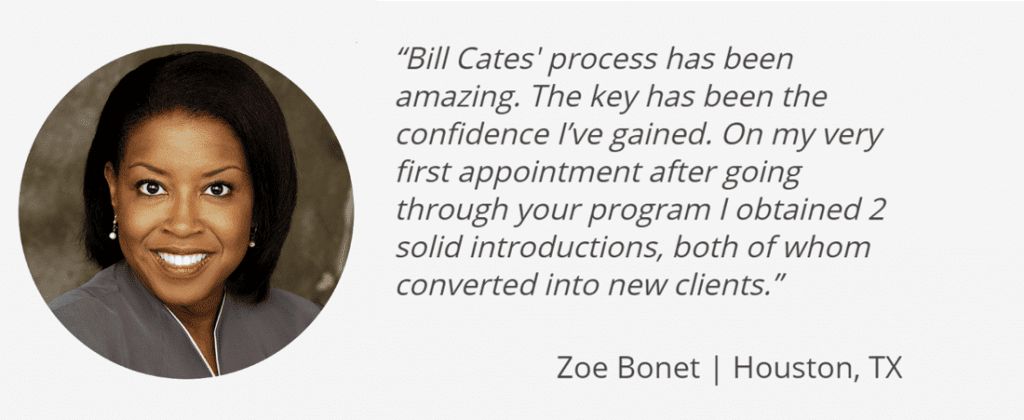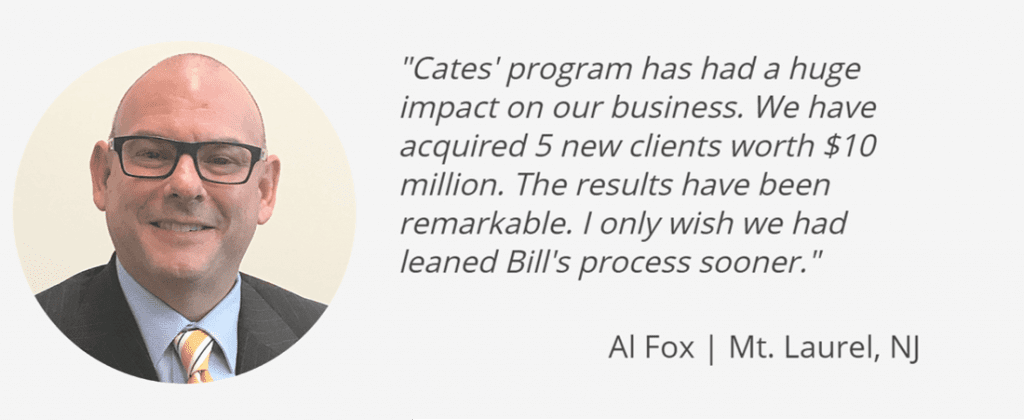Why Your Clients Stories Are Your Biggest Asset

You are in the evidence business! Your prospects need to see the evidence that you are the right fit for them.
Your prime evidence building tools are:
- Referrals, recommendations, and introductions from trusted sources
- Testimonials
- Stories, examples, and case studies from your clients
- Your Client-Centered Why – why you believe in your value
- Certifications and awards
In today’s blog, I’m going to focus on the stories that come from your experience with your clients. Stories create the body of evidence that prove that you’ve seen their situation before and know how to solve their problems and/or maximize their opportunities.
These stories – I like to call them “Mini Case Studies” – need to be relevant to your target clients. Advisors who achieve great results with this strategy typically have a small inventory of stories they use to fit the specific context.
While very few people agree on exactly what makes up a great case study, most will agree that they’re a powerful form of social proof that can help grab the attention of a new client.
Allow me to introduce to you what I’m calling The Minute Case Study.
The Minute Case Study is not a testimonial that a client might write for you. Nor is it a full-blown case study that you might turn into a one or two-page graphic you can share with prospects and COIs. Complete case studies are great and have their place in your toolkit of evidence, but that’s not what we’re discussing today.
The purpose of The Minute Case Study is to use it in conjunction with the many ways you communicate your value. You can use them orally while speaking to an individual prospect or a group during a seminar. You can use them in an email to a prospect, when describing your value proposition to a center of influence. You can use them on your website, or even in your LinkedIn profile.
Think of The Minute Case Study as a well-crafted “for example” or anecdote that brings your value to life, allowing you to elaborate just a bit on the work you do that is relevant to the conversation at hand.
We know that the human brain listens to stories differently than facts and figures, bullet points, and the other ways we tend to communicate our value. (* see note below)
People remember stories more clearly and for longer than other information. Stories of differing length are a great tool in sales and marketing.
The Minute Case Study also serves to help you create a more human connection with the listener.
6 Elements of The Minute Case Study
- The Situation – A very brief statement of the starting point. Ex: A senior executive approximately 10 years from retirement.
- The Challenge or Opportunity – Their initial motivation for working with you. Ex: Wanting to plan for a smooth transition into retirement without taking a pay cut.
- How the Clients Felt About the Challenge or Opportunity
Ex: He was concerned and a bit confused if his goal was even possible. - The Strategy – What processes and tools you used.
Ex: We used our proprietary 3-step process to gain a deep understanding of his situation, goals, concerns and opportunities, presented a comprehensive plan and then went to work implementing that plan. - The Result – Either achieving a goal or progress toward a goal.
Ex: As we began to implement elements of the plan, our client saw how his goal could be achieved. He started taking full advantage of his company’s retirement plan options. - How the Client Feels About the Result or Process
Ex: Our client’s sense of relief was visible. He told us that he felt a huge weight being lifted off his shoulders and that he could go back to just enjoying life knowing that a plan was in place and then we would stay with him– adjusting with life’s changes.
For a comprehensive look at how to determine and communicate your value, check out my book Radical Relevance: www.RadicalRelevanceBook.com
*On Functional MRI scans, many different areas of the brain light up when someone is listening to a narrative. One study of listeners found that the parts of the brain that processes emotions were activated, especially during the emotional parts of the story.
Listening to a story, our brain waves start to synchronize with those of the storyteller.
Researchers found that as one person told a story to another, the brain wave patterns of the listener began to mirror those of the storyteller.
Virtual Referral Training is Here
Supercharge Your Success!
Start Your Journey with the All NEW Cates Academy Today and
Learn a Proven Process to Attract More Right-Fit Clients.
The Cates Academy for Relationship Marketing™ is Bill Cates’ comprehensive online video-training program that will help you generate significantly more income in less time by leveraging the power of referrals, personal introductions and communicating compelling value. Work smarter, not harder!
Get the details and join us: www.CatesAcademyIndividuals.com







